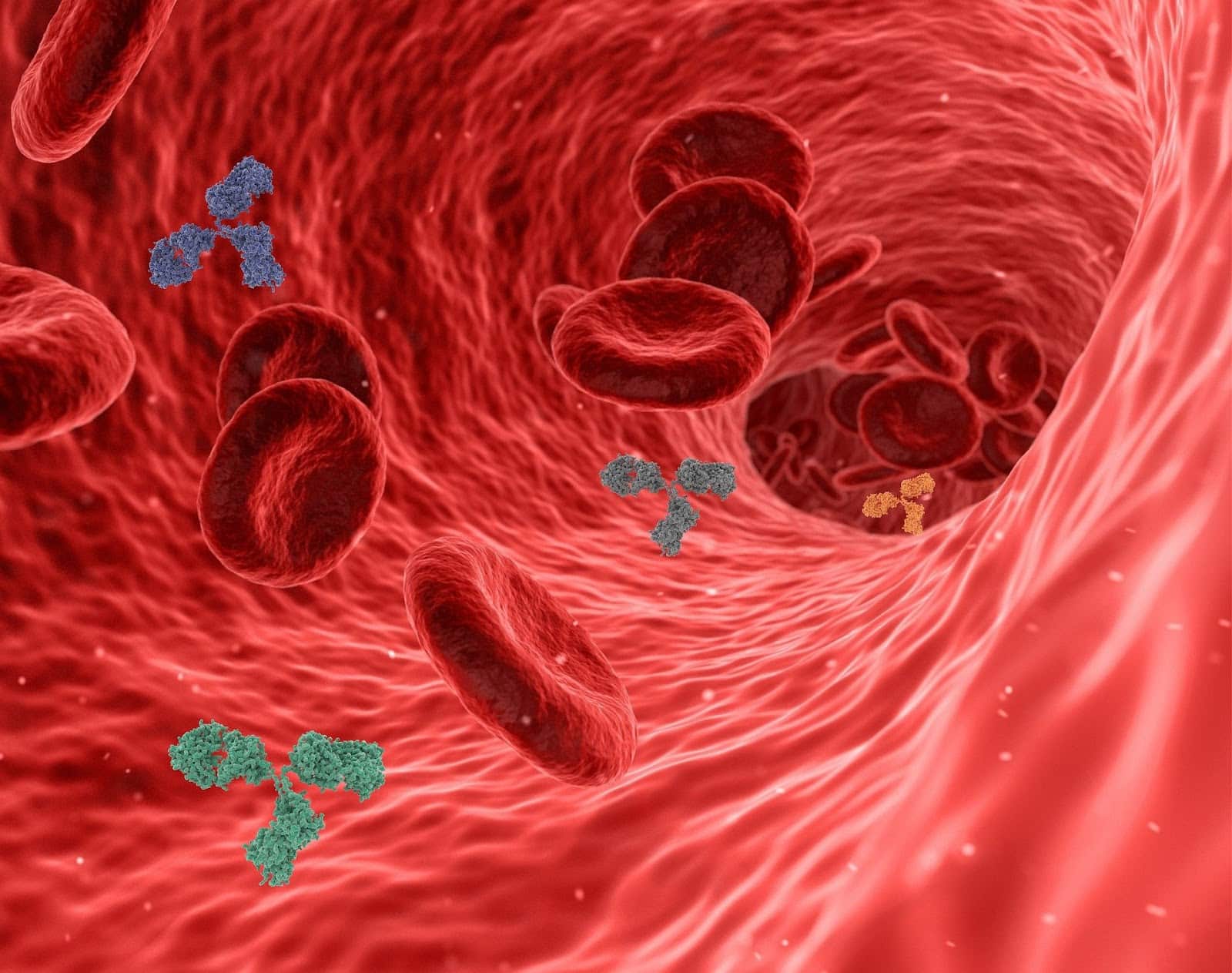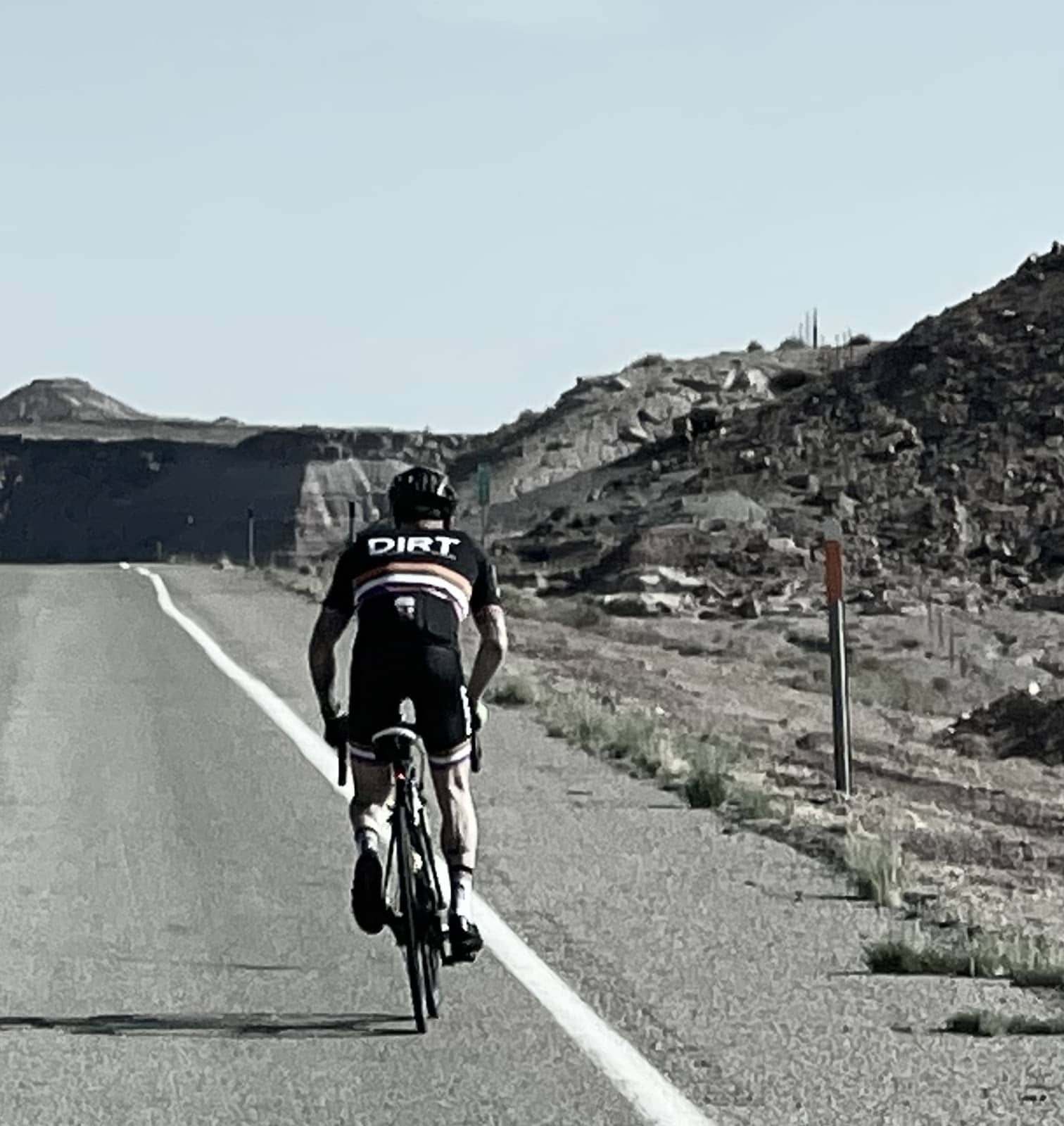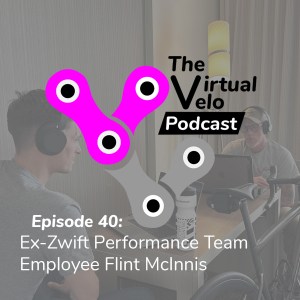Recent science sheds light on the safe return to cycling after COVID-19 question by research into how our circulatory system responds to exercise.
As we begin to characterize the COVID-19 pandemic in terms of years (rather than weeks or months), more data and reports emerge describing the long-term effects. Individuals complaining of the litany of consequences suffer from what doctors characterize as long-COVID. The symptoms of long-COVID lingering months after infection are poorly defined but, in many cases, involve intolerance to exercise.
In cycling circles, the topic has been one of considerable debate. The stories from riding buddies struggling to get back on the bike are familiar. Other friends of friends had no issues and questioned those who had. The only consensus I have found is the lack of agreement—or the solution.
The Safe Return to Cycling After COVID-19 Debate
Yet, the discourse continued following an article recently published on The ZOM detailing the recommendations and guidelines of authoritative organizations and experts on the Safe Return to Cycling. The feedback became unproductive when judgemental comments highlighted cycling’s cultural ‘I can ride through anything badge of honor.’ The thought that jumps to mind—only cyclists can bicker about who’s sicker.
Despite the article’s account of a cycling coach and elite cyclist, Aleksandar Coh. Coach Coh battled with long-COVID for almost two years. The constant fatigue, heart rate spikes, and breathing difficulties made climbing stairs a challenge.
Climbing into the saddle was impossible, until time, and significant lifestyle changes have set him back on the road to recovery. He is one of the many fit and knowledgeable athletes left helpless and frustrated.

Personal Long-COVID Stories of an Athlete and a Coach
Falk Levien contracted COVID-19 in May 2021 when at the peak of his cycling fitness. Falk experienced similar symptoms described in the ZOM article documenting his diagnosis and extended recovery timeline, now a year and a half long. His comments after reading Coach Coh’s story were helpful and productive.
“My best advice to anyone returning to cycling after COVID-19 infection is to take it easy and go slow—slower than you think necessary,” he urges. Falk points out the balance between the frustration we feel when unable to ride and an ill-advised premature return.
“The loss of fitness after a few weeks of easy rides,” he says, “is nothing compared to the limited performance when a long-COVID flair up keeps you off the bike for months.” Coach Coh and Falk’s experience is not unusual, but it isn’t true for everyone. The one truth of COVID-19 infection is its differing effects and vast magnitude range.
Exercise Intolerance is the Most Common Long-Term Symptom
For some, the symptoms are mild and described as little more than an “easy cold.” For others, fatigue, shortness of breath, headaches, and joint pain are severe and long-lasting. The inability to exercise is one of the most common long-term symptoms.
In a recent study, 89-percent of the 3,762 long-COVID sufferers surveyed reported post-exertional malaise. The finding is counter-intuitive for the athlete. When much of your life is devoted to training your body to combat weakness and fatigue, and exercise worsens the situation. What’s more, there is an increased risk of relapse when activity makes you feel worse.
The other illogical aspect of the condition for athletes is an acknowledgment that the exercise-induced problems are not the by-product of deconditioning and detraining. We can’t train more or try harder to make it go away. However, science is slowly catching up with the symptoms.

The Link Between Long-COVID, POTS, and CFS
Medical professionals have drawn a link between long-COVID and the blood flow disorder Postural Orthostatic Tachycardia Syndrome (or POTS). In long-COVID patients experiencing POTS, the nervous system has difficulty regulating several functions essential to exercise performance.
The body loses its ability to control blood pressure automatically, in addition to heart rate, body temperature, and sweating which is why sufferers may experience fatigue, lightheadedness, and a heart rate that spikes with minimal exertion.
In a recent study, scientists describe a series of long-COVID patients with orthostatic intolerance syndromes reminiscent of POTS. The researchers believe the underlying cause is a virus- or immune-mediated disruption of the autonomic nervous system—the part that controls blood pressure.
The pulmonary and critical care researchers at Brigham and Women’s Hospital have drawn a parallel between long-COVID induced POTS and Chronic Fatigue Syndrome (CFS). To add evidence to their blood vessel theory, the researchers observed 160 chronic fatigue syndrome patients while exercising and found a similar response.
The comparable mechanisms also explain why many CFS patients’ symptoms worsen after exercise. Like long-COVID suffers, using exercise as a treatment modality has been brought into question by some physicians.

Management of Long-Covid Induced POTS
Scientists have validated few management strategies since they know little about POTS and its relationship to long-COVID. Nevertheless, there are some strategies that sufferers can implement that may mitigate some of the symptoms.
The cornerstone of POTS management is education and reassurance. POTS symptoms are often uncertain and when coupled with the unanswered questions surrounding long-COVID it can be alarming. Patients need to know that their symptoms are explainable and treatment exists.
For instance:
1. Lower Body Compression:
Since POTS is characterized by lower blood pressure control, increasing blood return from the lower body to the heart is a nonpharmacological intervention method. Wearing compression socks or leggings while standing or seated is recommended.
2. Fluid Intake:
Ensure you are constantly properly hydrated using rehydration solutions (e.g., vitamin water). Experts debate fluid intake recommendations, but most adults are safe using the strategy ‘drink when thirsty.’
3. Avoidance Strategies:
Patients are advised to rise slowly from a lying or seated position. Prolonged stationary standing and exposure to warm environments should be avoided.
4. Exercise Before Standing:
Isometric tensing of thigh and buttock muscles while seated will decrease the chances of light-headedness when rising. As will most leg exercises that increase blood flow and prime your body for the change in position.
A February 2022 study provides the scientific rationale for exercise as an effective symptom management strategy. A description of muscle pre-activation and muscle tensing exercises and their effect are outlined.
Other Nutritional Strategies for Long-COVID?
Given the limited knowledge of long-COVID in the scientific community, there remains disagreement in the literature. While researchers aren’t convinced, some have found evidence that specific foods or diets minimize long-COVID symptoms. There is a consensus that COVID-19 infection isn’t preventable through diet.
Vitamin D:
Although vitamin D has immunomodulatory and anti-inflammatory properties, recent research, including this Mendelian randomization study, found vitamin D supplementation has little effect on COVID-19 outcomes. However, we should note that a deficiency in vitamin D does have adverse immune response outcomes.
Thus supplementation is generally recommended for health, especially for individuals unable to obtain adequate direct sunlight exposure—long-COVID sufferers who are unable to get outside or those still (or in the future) under ‘stay at home’ restrictions.
Protein:
One area of agreement is increased dietary protein intake under conditions of illness or immobility. The preservation of lean tissue is critical to health and well-being. Experts recommend daily intakes of protein above the current guidelines.
The target for those suffering from long-COVID should range from 1.6-2.4 g/Kg of body weight, depending on the severity of symptoms (of course, consult your physician before making significant changes to your diet).
This leads us back to the original question and a familiar answer. When is it safe to return to cycling after COVID-19? Unfortunately, we don’t know for sure, but we are taking steps closer to finding why. The exercise response following long-COVID is unique for every person, athletes included.

Conclusion—The Question is Closer to an Answer
As much as we would like the comfort of a cookie-cutter training plan strategy, it doesn’t exist now and may never will. The cyclist must remain aware that they are not alone whether their experience is an easy cold or a two-year battle. Where you fall in the spectrum isn’t judging your strength or resolve and not a failure if you don’t ride through.
However, the more we learn through science and experience, the nearer we are to distancing ourselves from another of the countless adverse consequences of the pandemic. For cyclists, the knowledge and awareness of how our bodies react and the reasons are vital to our safe return. Listen to your body and mind and use what you know to make the best decision you can.
And yes, I know! Not the satisfying conclusion you were hoping for. It’s the best we can do with what we know—at the moment. Watch this space and take care of yourself.
Your Thoughts?
Does the knowledge of potential mechanisms to explain your post-COVID cycling struggles and the experience of others make it easier to be sensible in your return? Comment below! Your fellow cyclists want to know.
For other insightful and informative articles on helpful cycling-related topics of interest check out the Training & Performance page of The ZOM!
To subscribe to the Zommunique and receive more informative and entertaining articles like this one sent directly to your inbox, click here!
Semi-retired as owner and director of his private Orthopedic Physical Therapy practice after over 20 years, Chris is blessed with the freedom to pursue his passion for virtual cycling and writing. On a continual quest to give back to his bike for all the rewarding experiences and relationships it has provided him, he created a non-profit. Chris is committed to helping others with his bike through its work and the pages of his site.
In the summer of 2022, he rode 3,900 miles from San Francisco to New York to support the charity he founded, TheDIRTDadFund. His “Gain Cave” resides on the North Fork of Long Island, where he lives with his beautiful wife and is proud of his two independent children.
You will read him promoting his passion on the pages of Cycling Weekly, Cycling News, road.cc, Zwift Insider, Endurance.biz, and Bicycling. Chris is co-host of The Virtual Velo Podcast, too!

Adam Upshaw has a PhD in Exercise Metabolism and a MSc. in Exercise Physiology. He is a licensed Kinesiologist and certified Clinical Exercise Physiologist with the Canadian Society for Exercise Physiology. A proud member of the DIRT Zwift family, Adam enjoys triathlons, cooking, and exploring life’s adventures with his wife and four children.













